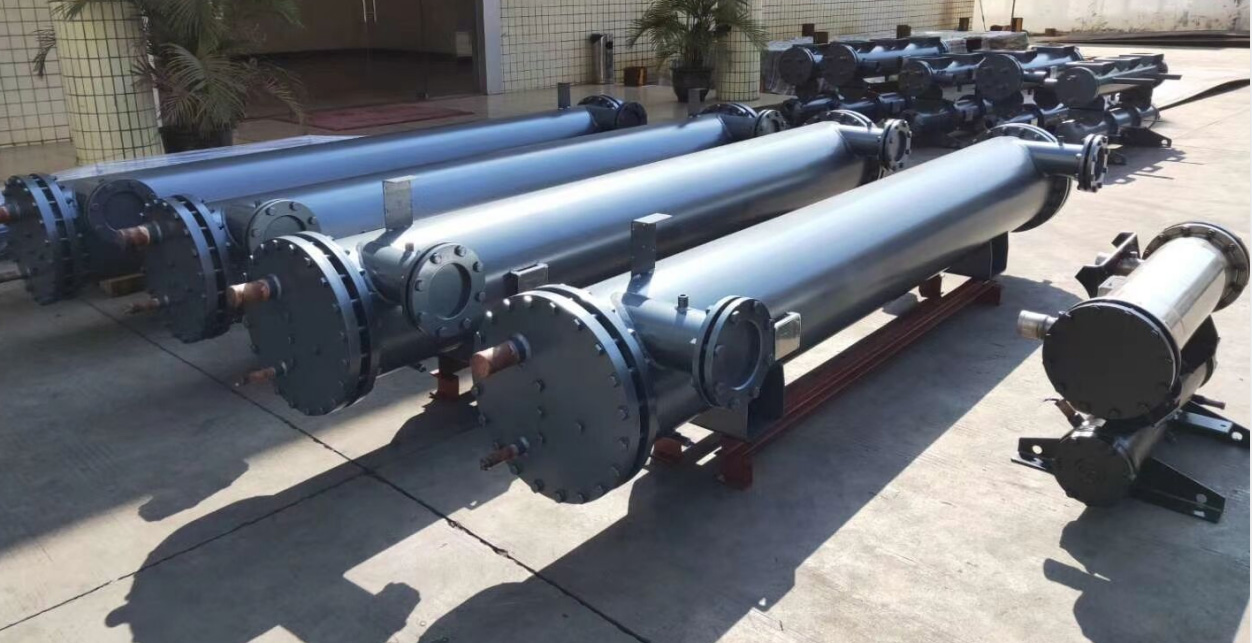In the realm of industrial production, low-temperature chillers find diverse applications, particularly in sectors such as chemical, beverage, food, and alcohol production processes. These chillers play a crucial role in generating cold energy through the operation of freezers, contributing significantly to the efficiency of the manufacturing processes.
During the operation of low-temperature chillers, especially water-cooled chillers, it becomes imperative to consider the impact of water quality on the chiller equipment. The answer to this concern is affirmative. In this article, we delve into the essential aspects of water quality requirements for low-temperature chillers and explore effective strategies for addressing these considerations.
Understanding the intricate relationship between water quality and chiller performance is paramount. As water-cooled chillers rely on water as a crucial component in the heat exchange process, the quality of water directly influences the efficiency and longevity of the chiller equipment. Suboptimal water quality can lead to issues such as scale formation, corrosion, and microbial growth, all of which can adversely affect the chiller's functionality.
To ensure optimal performance, it is essential to adhere to specific water quality standards. Factors such as acidity and alkalinity levels, water hardness, and flow rates are critical considerations. Regular monitoring and testing of water quality parameters should be incorporated into maintenance routines to identify and address any deviations promptly.
Addressing water quality concerns involves a combination of preventive measures and corrective actions. Installing water treatment systems, such as filtration and chemical treatment, can help mitigate issues related to impurities and contaminants. Additionally, routine maintenance practices, including cleaning and descaling, contribute to preserving the chiller's efficiency.

A chiller is a device used to absorb heat from the ambient medium and discharge it to a high temperature area, known as a refrigeration and heating pump. Refrigeration exchangers can perform both cooling and heating functions alternately or simultaneously.
During the refrigeration process, electrical energy is converted into thermal energy, producing heat. For water-cooled machines, this heat needs to be dissipated through a cooling water system.
However, cooling water equipment often faces scale problems, which are closely related to the quality of the water source. If the water source is of poor quality, it may cause varying degrees of scale problems during normal use of the equipment. Especially when the water quality filter is clogged, poor water source will cause serious scale problems in a short period of time, thus affecting the normal operation of the low-temperature chiller.
Chillers have certain requirements for water quality, including factors such as pH, hardness, and water flow, which together determine the water quality. Only by maintaining proper water quality can the chiller operate properly. Here are some suggestions for dealing with water quality issues.
The most effective way to solve scale problems is to install water softening devices for various industrial coolers. Relying on water softening equipment, the effect of softening water sources can be achieved. Using higher quality water sources to support the operation of cold water equipment can fundamentally solve problems such as excessive scale. Indeed, after installing water softening equipment, some scale will also be generated, but the amount generated is very small.
After the water softening equipment is installed, industrial coolers also have serious scale problems. At this time, it is necessary to consider whether the enterprise's production environment is suitable for continuing to use water as the cooling medium.
If the water quality treatment method is adopted and the water source is replaced, the chiller equipment is still blocked, and the low-temperature chiller equipment must be inspected, repaired and replaced.
The quality of water affects the working efficiency of the cooler. Exposure to a high scale operating environment for a long time will inevitably affect the efficient and safe operation of the refrigeration unit. Being able to master the skills to deal with scaling can ensure the safety of pipeline water transportation, reduce the scope of low-temperature industrial chillers affected by scaling, and meet the use requirements of low-temperature chiller equipment with higher work efficiency.
By continuing to use the site you agree to our privacy policy Terms and Conditions.